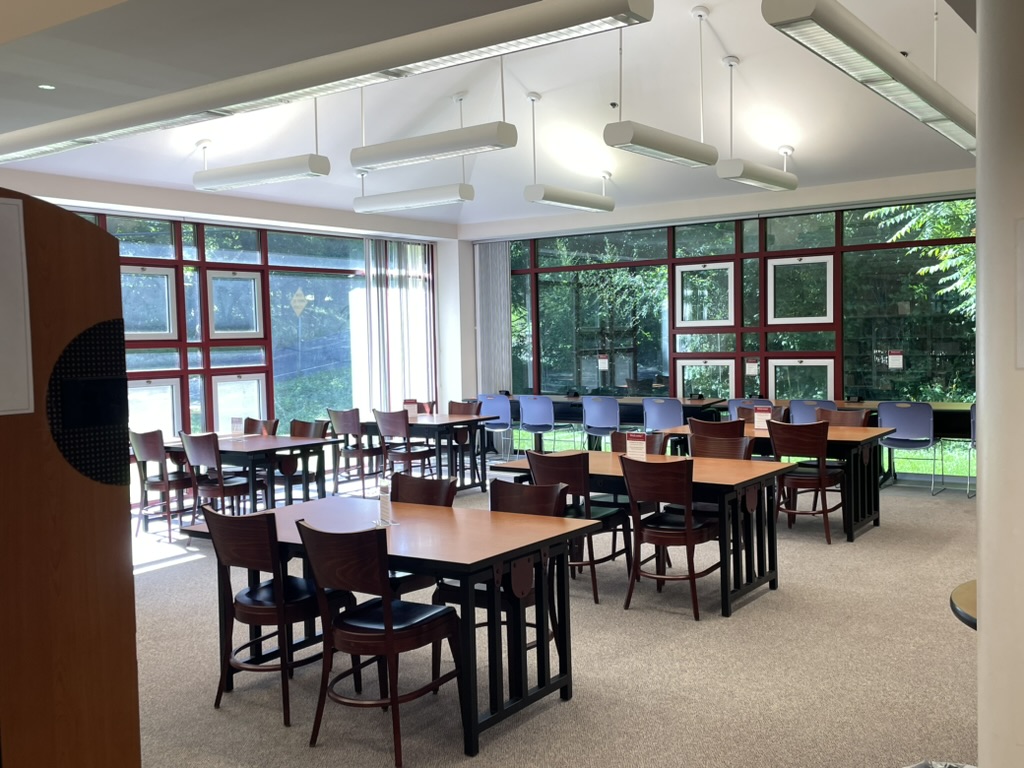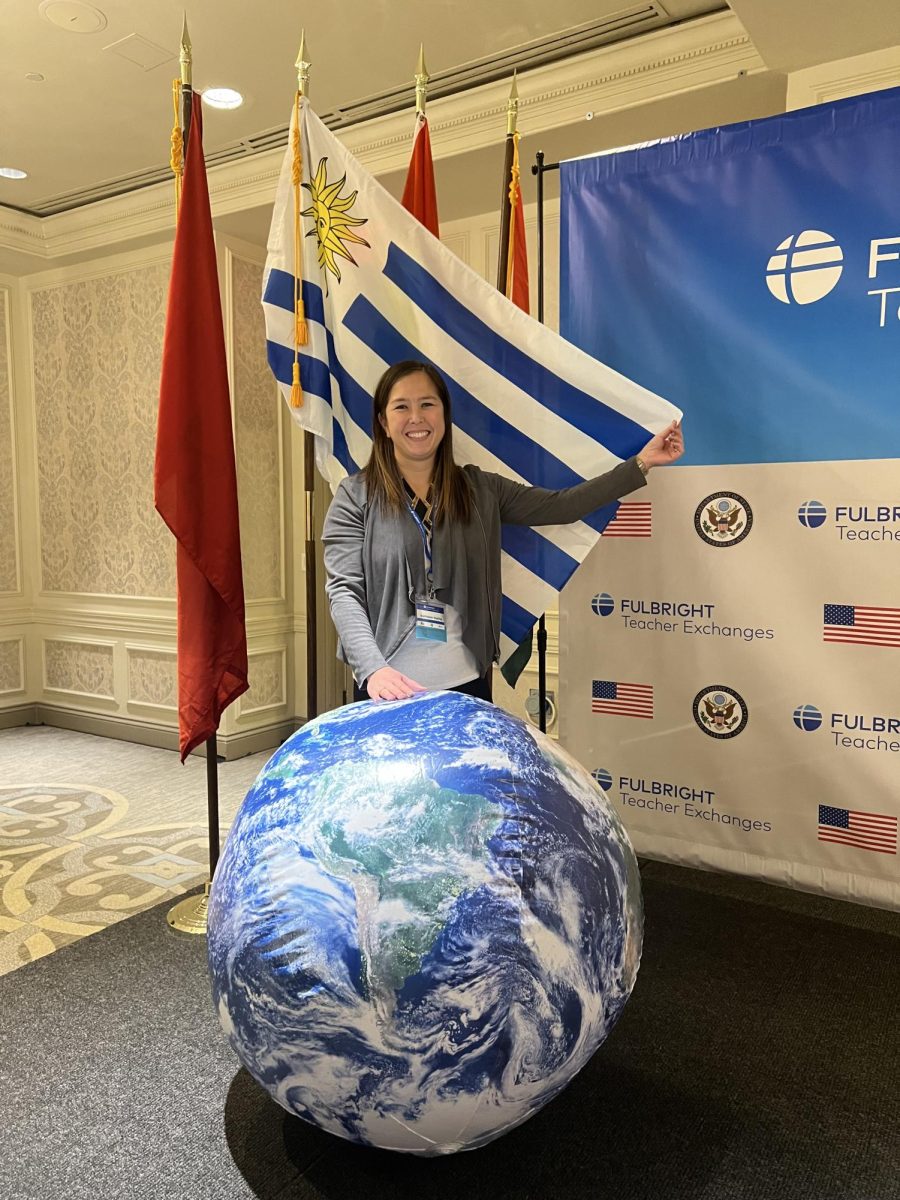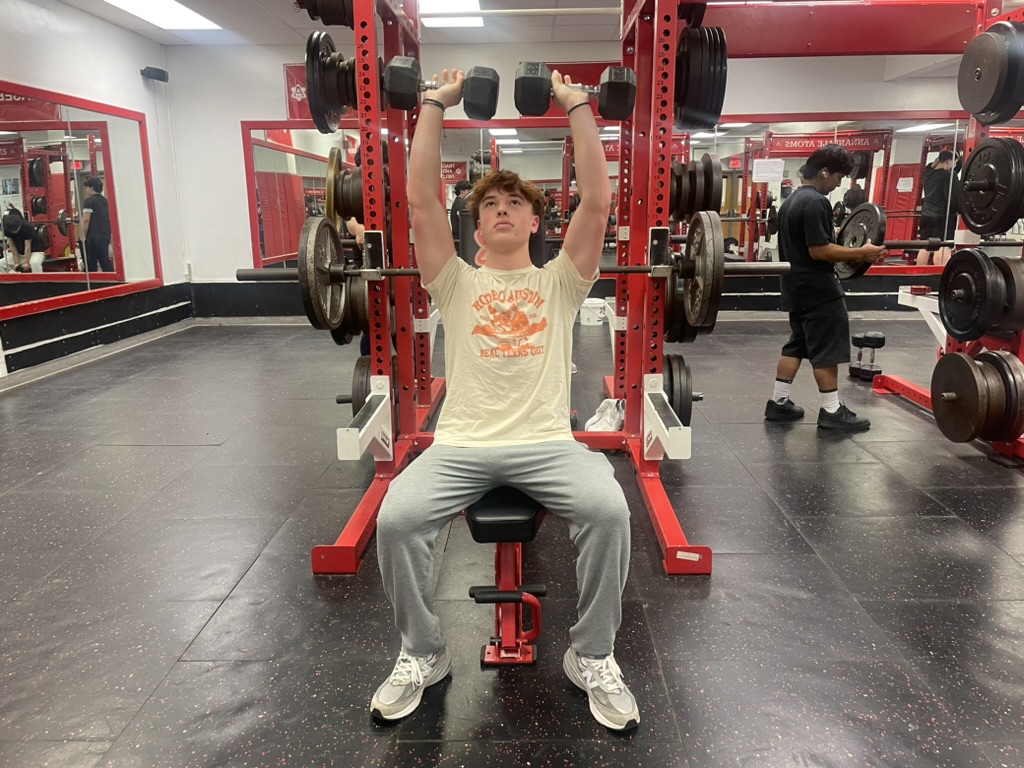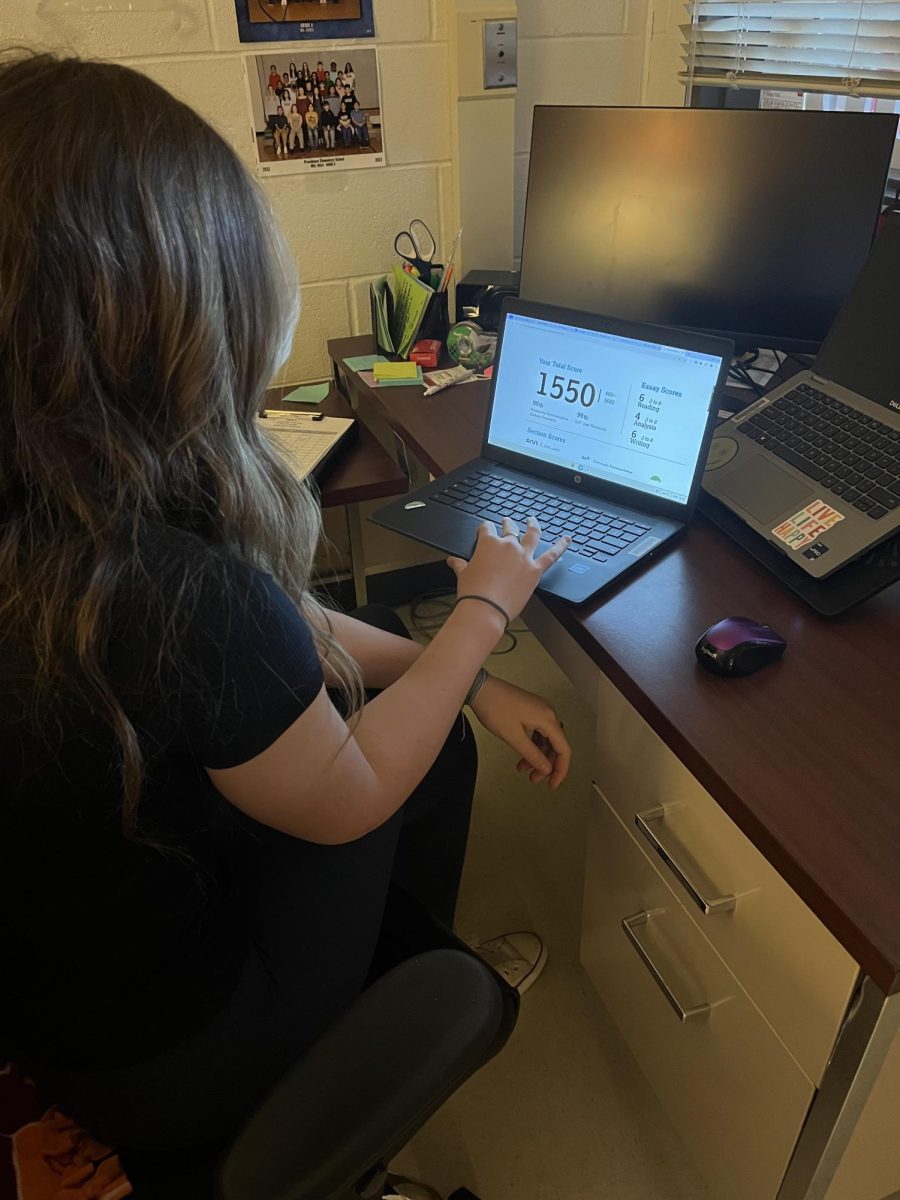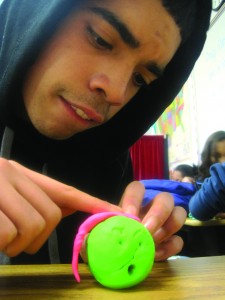 Walking into psychology class at AHS might make you wonder if you are in an elementary school classroom. There, students might be playing with Play-Doh and sometimes even dancing to understand the lesson of the day.
Walking into psychology class at AHS might make you wonder if you are in an elementary school classroom. There, students might be playing with Play-Doh and sometimes even dancing to understand the lesson of the day.
Most teachers are continually striving to find creative methods to help their students learn; Brian Dunnell uses Play-Doh in his history classes during lessons on Greek art and architecture and in his psychology classes for art therapy.
“Art and Play-Doh have very therapeutic values,” Dunnell said. “I use Play-Doh as an example of art therapy to illustrate how a trained psychologist might draw out a patient who is reluctant to talk or has difficult expressing complex emotions.”
Dunnell noted the prominence of artwork in classical societies such as mandalas, which means circle in Sanskrit. Mandalas were introduced into Western society by the psychiatrist Carl Jung and are used today to therapeutically examine oneself.
Psychology teacher Katie Gould uses Play-Doh to display various theories in psychology and to help students understand and explore the material. She had students create their families with Play-Doh during one class. Gould pointed out that students who had made themselves far away from the rest of the Play-Doh family were not close to their immediate family in real life.
“[Play-Doh] helps me learn because it allows me to be more creative. It makes it easier for me to remember the material and it keeps me awake in class,” junior Nisha Sarath said.
In another lesson, Gould taught the workings of a neuron through a “dance party.” Students were split into two groups: one potassium and one sodium and acted out the process of a firing neuron.
“Everybody has different preferences on how they want to learn. I’m a guy who falls asleep in lectures, but if I sit down with a book, I would retain the information from it easily. Not every kid enjoys taking notes or looking at a PowerPoint,” Dunnell said.
The use of alternative teaching methods like Play-Doh and acting has been noted by various teachers and studies to enhance education and help students retain information.
“The human mind craves experience and loses interest with repetition,” Dunnell said. “If a kid enjoys a lesson, they’ll think your class is fun and you can convince them it’s easy.”
Dunnell elaborated with an example of an athlete and an avid reader. The athlete might find making lay-ups in gym class enjoyable, and in turn, excel at them through enjoyable practice. Conversely, the avid reader might find making lay-ups difficult because he does not find it enjoyable, but would excel at reading in English class because he enjoys reading books often.
“Usually in class teachers just talk to students about the subject and what they are going to learn. Most students will be bored, inattentive and sometimes even fall asleep,” junior Laila Sayed said. “Giving students Play-Doh in class helps spark their interest. They could get creative and actually participate in class, so that the next time they will look forward to coming.”
In most classes where large amounts of information have to be given to students during a single class period, many students become tired and fall asleep easily. In Gould’s classroom, students are free to play with “fidgets,” or small toys including balls and the odd foam nose, along with Play-Doh. Having something to interact with elevates students’ attention and allows them to retain what they are being told in class. After an all-nighter, a class period with Gould and her fidgets would be welcome as relaxing stimulants.
If using creative learning activities like Play-Doh is beneficial to education, how come all teachers don’t use them?
“Most people repeat their learning experiences as a kid. [Additionally] SOLs force [teachers] to cover material quickly. Creative stuff takes time,” Dunnell said. “Although having standards is good, the amount of information that the SOLs require is impediment to good teaching.”
Standardized tests like the SOLs require information to be given to students objectively and teachers can struggle in trying to make lessons more creative. Gould dresses up as a robed wizard with a hat and long white beard on SOL review days to help maintain her students’ attention.
“I firmly believe education is an art, not a science. As a society we want every child to be educated. We are always struggling to find the best ways to teach people. No two students are the same, no two teachers are the same,” Dunnell said. “Standards are created to find the ‘right’ way to teach everybody; there really is no right way.”
Play-Doh allows students to experience and recreate what the people they learn about created and thought.
“[Play-Doh] puts you closer to the experience,” Dunnell said. “Education is a complicated thing. Teaching is an exceptionally challenging job. At the end of the day, most teachers want to do right by their students.”



